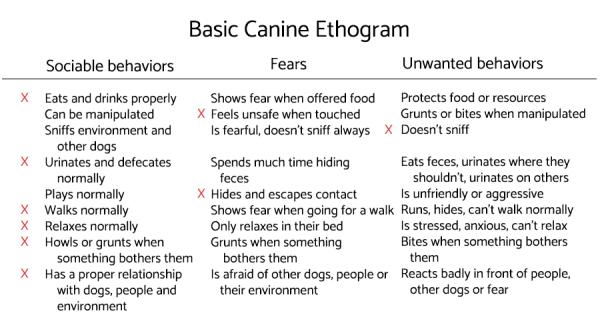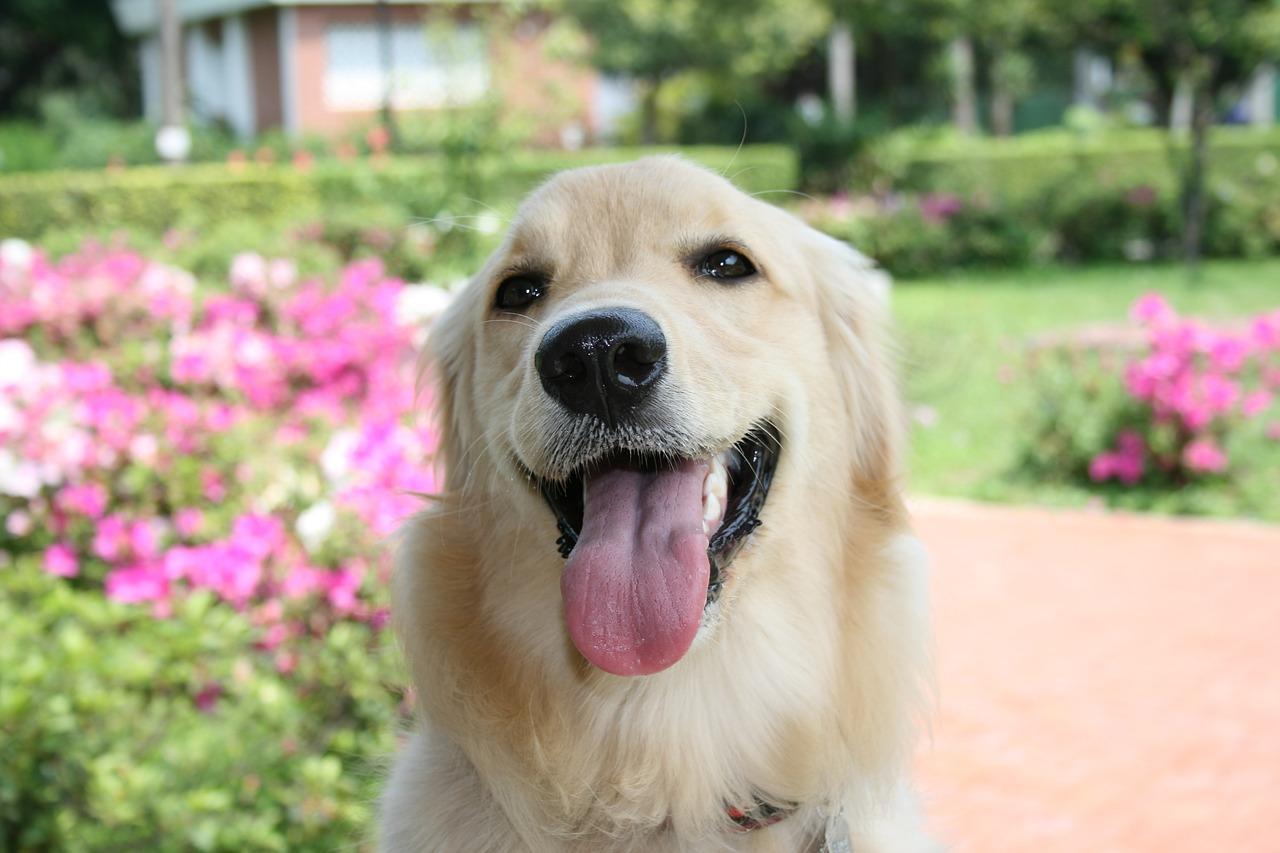How to Make a Dog Ethogram



See files for Dogs
Before you start training your dog, you should know that experts strongly advise to make a canine ethogram to know their innate behavior and any conducts learnt up to that point.
An ethogram is simply a behavioral study that you can carry out yourself over an established time period. To do this, it's not necessary to observe your dog 24 hours a day. Rather, an ethogram is about observing their reactions to the normal stimuli in their daily lives. From this information, you can determine the situations which make your dog feel stressed, relaxed or happy.
Making a dog ethogram will help you know the best way to train your best friend. AnimalWised will show you the keys to doing it properly.
Example of a canine ethogram
It usually takes around two weeks to carry out a dog ethogram. At this point in their training, you should try exposing your dog to certain stimuli such as other dogs, physical manipulation, new surroundings, etc, so that you can observe their reaction. All of this work will result in a more accurate portrayal of their behavior.
Below, we'll give you an example of a canine ethogram that was prepared by AnimalWised so that you can identify certain behaviors, and classify them as sociable, fearful or unwanted. You can create a specific ethogram yourself in order to analyse your dog's current state and work out which areas you need to improve on.
For instance, during this period, you might notice how your dog interacts with other animals or responds to abrupt noises. These observations can be crucial in pinpointing triggers that may lead to anxiety or aggression, which can then be carefully managed or mitigated through specific training techniques.

Why is an ethogram important?
Making a dog ethogram is important if you think your best friend might be developing any behavioral problems. These types of tables help you to differentiate between natural behaviors and traits and learned behaviors. Once you understand them, you'll be able to work on them.
It's also ideal to make an ethogram if you're considering calling a dog trainer or ethologist. These small details will help the specialist to understand your dog, and their work will be more effective as a result. Your ethogram should include:
- Aspects of your dog's behaviour that you find pleasing, that is, sociable.
- Aspects of your dog's behaviour that you want to change.
- Distractions which will pose difficulties during training.
- Reinforcements with which you'll have more success.
- Locations that will make training easier for you.
- Some locations where you need to put training to the test.
It should be noted that the ethogram can also reveal insights into your dog's emotional health, such as whether they are prone to stress in certain environments or if they thrive in social settings. Recognizing these patterns can guide you in creating a supportive and nurturing environment for your pet.

What to do with ethogram results?
Once you have made a dog ethogram, you must analyse its results. The best thing is to see a specialist, especially if you observe that your dog is repeatedly exhibiting undesirable behaviors. Only a professional can properly guide you with instructions specific to your particular case.
However, if this isn't possible for the time being, you can analyse some behaviors and start directly working on them yourself, whether examining fear, stress or separation anxiety in dogs.
Don't forget that dogs are happier when they are well looked after physically and mentally. Taking the time to analyse what makes them feel scared or stressed will be very beneficial in addressing their behavioral issues and guiding them towards a more social and positive life.
In this regard, regularly updating the ethogram as your dog progresses can be invaluable. It allows you to track improvements and make adjustments to your training approach. Moreover, it can help you identify new challenges as they arise, ensuring that your training methods remain effective and relevant.

If you want to read similar articles to How to Make a Dog Ethogram, we recommend you visit our Basic education category.









